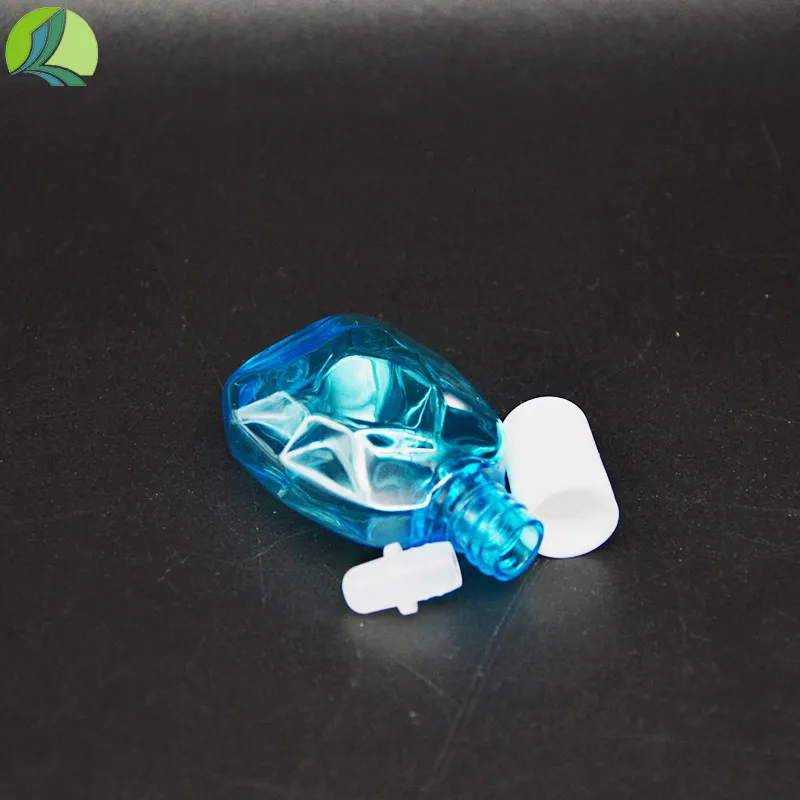plastic bottle shape design
The Art and Science of Plastic Bottle Shape Design
In our modern world, plastic bottles are ubiquitous. From water and soda to condiments and cleaning supplies, these containers are essential for everyday life. However, the design of plastic bottles, particularly their shapes, is often overlooked. The shape of a bottle is not merely an aesthetic choice; it plays a crucial role in functionality, efficiency, and sustainability. This article delves into the various aspects of plastic bottle shape design, exploring its importance in industry and environmental considerations.
Functionality
One of the primary considerations in plastic bottle shape design is functionality. The shape of a bottle affects its ability to hold, pour, and fit into various spaces. For instance, a water bottle's ergonomic design allows for easy gripping, making it convenient for users during physical activities. Similarly, bottles designed for sauces often have a narrow neck to control the flow of the content, ensuring that users can dispense the right amount without spills.
Additionally, the overall volume and shape of the bottle influence how well it can be stored and transported. Bottles with a cylindrical shape stack more efficiently, maximizing space in shipping containers and reducing transportation costs. Innovatively designed shapes, such as those with flat sides, can also help to prevent rolling, making them easier to store on shelves.
Aesthetic Appeal
While functionality is paramount, the visual aspect of bottle design cannot be ignored. Aesthetics play a significant role in consumer choice. Unique shapes and vibrant colors can attract attention on store shelves and create brand differentiation. For example, the iconic contour shape of Coca-Cola bottles has become synonymous with the brand itself. Designers are continually experimenting with shapes that not only appeal to customers but also communicate the brand’s values and identity.
Furthermore, unique shapes can evoke emotions and create a sense of premium quality. For luxury products, sophisticated bottle designs can convey a sense of exclusivity, encouraging consumers to pay a higher price for what they perceive as a superior product.
plastic bottle shape design

Sustainability Considerations
With increasing awareness of environmental issues, sustainability has become a critical aspect of plastic bottle design. Designers are now tasked with creating shapes that encourage recycling and the use of eco-friendly materials. The shape of the bottle can influence the amount of plastic used and the feasibility of recycling.
For instance, lighter and more compact designs minimize material usage, which is an essential factor in reducing the overall environmental footprint. Furthermore, designers are exploring alternative materials and biodegradable options that can maintain the functionality and appeal of traditional plastic without contributing to environmental degradation.
Innovations in Design
Advancements in technology are continually reshaping the landscape of plastic bottle design. 3D printing and computer-aided design allow for rapid prototyping and testing of new shapes, making the design process more efficient and innovative. Brands are experimenting with innovative designs that not only serve practicality but also contribute to environmental sustainability by minimizing waste and using recyclable materials.
Moreover, there is a growing trend towards user involvement in the design process. Brands are now seeking feedback from consumers to understand their preferences and experiences with bottle shapes, leading to designs that truly resonate with their target market.
Conclusion
The shape of a plastic bottle is a critical element that extends beyond aesthetics; it encompasses functionality, brand identity, and sustainability. As we move towards a more eco-conscious society, the importance of thoughtful design in creating environmentally friendly packaging becomes ever more essential. The future of plastic bottle design will undoubtedly continue to evolve, driven by innovation, consumer preferences, and a commitment to sustainability. By understanding and embracing these factors, manufacturers can create plastic bottles that not only serve their purpose effectively but also contribute positively to the planet.
-
Aesthetic Makeup Spray Bottles | Fine Mist Empty RefillableNewsAug.19,2025
-
White Plastic Veterinary Vaccine Vials | Lab Liquid BottlesNewsAug.18,2025
-
Plastic Medicine Liquid Bottle: Secure Flip Top Drug VialsNewsAug.17,2025
-
Durable 250ml Blue Plastic Vaccine Vial for Lab & Vet UseNewsAug.16,2025
-
Sterile Virus Sample Tubes: Secure & Reliable Specimen CollectionNewsAug.15,2025
-
White 250ml Plastic Vaccine Vial for Lab & Vet MedicineNewsAug.14,2025
























